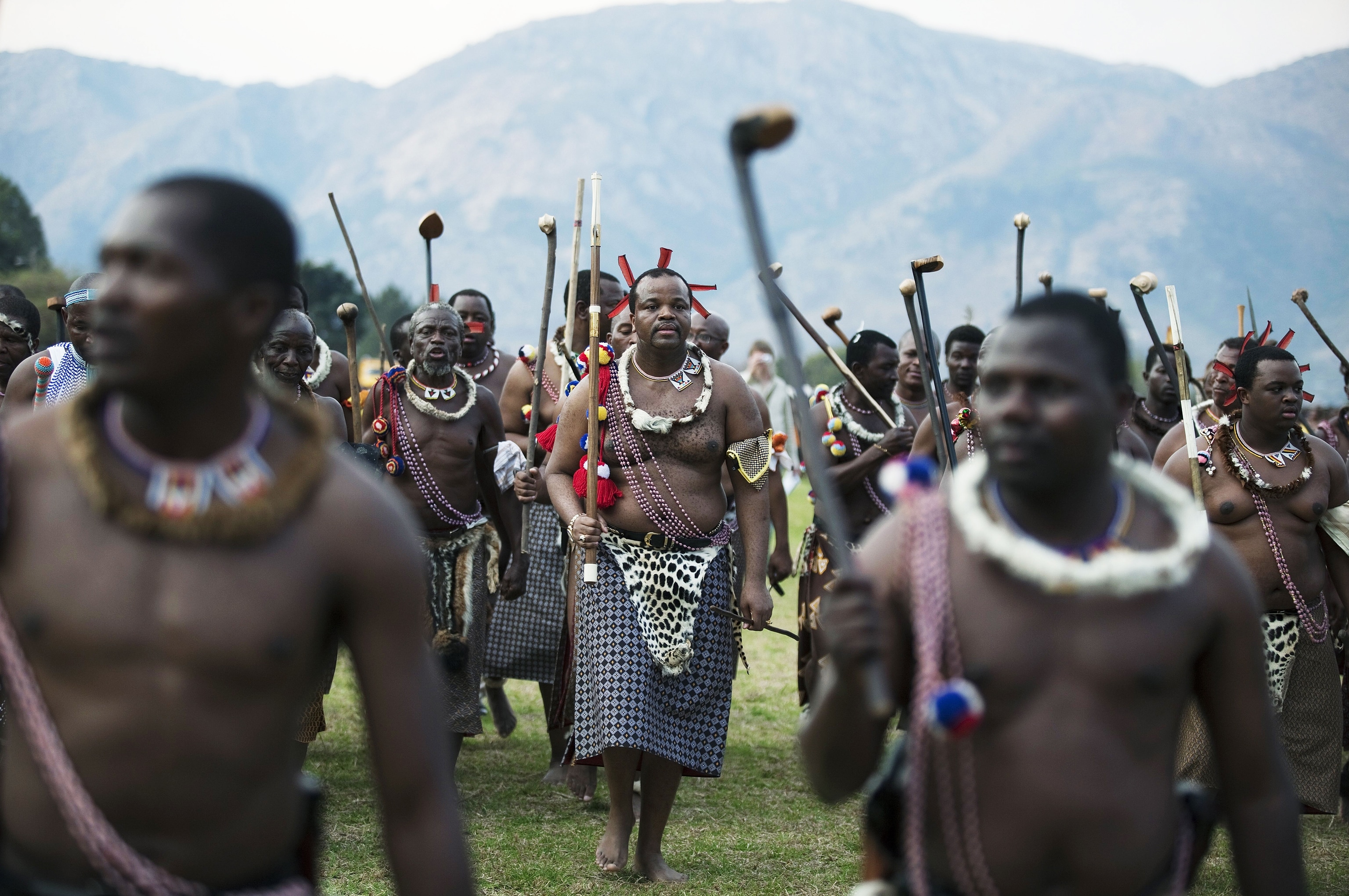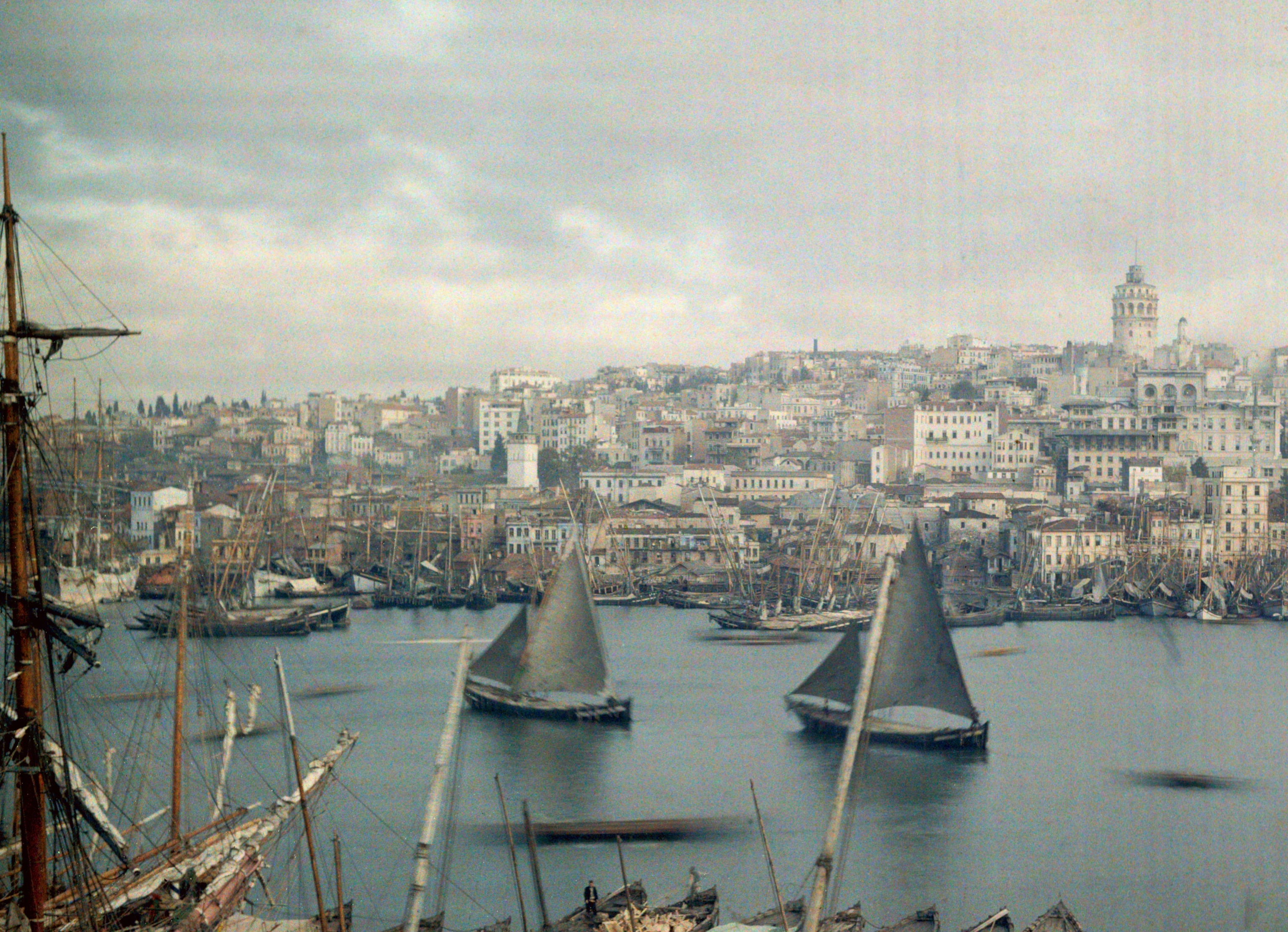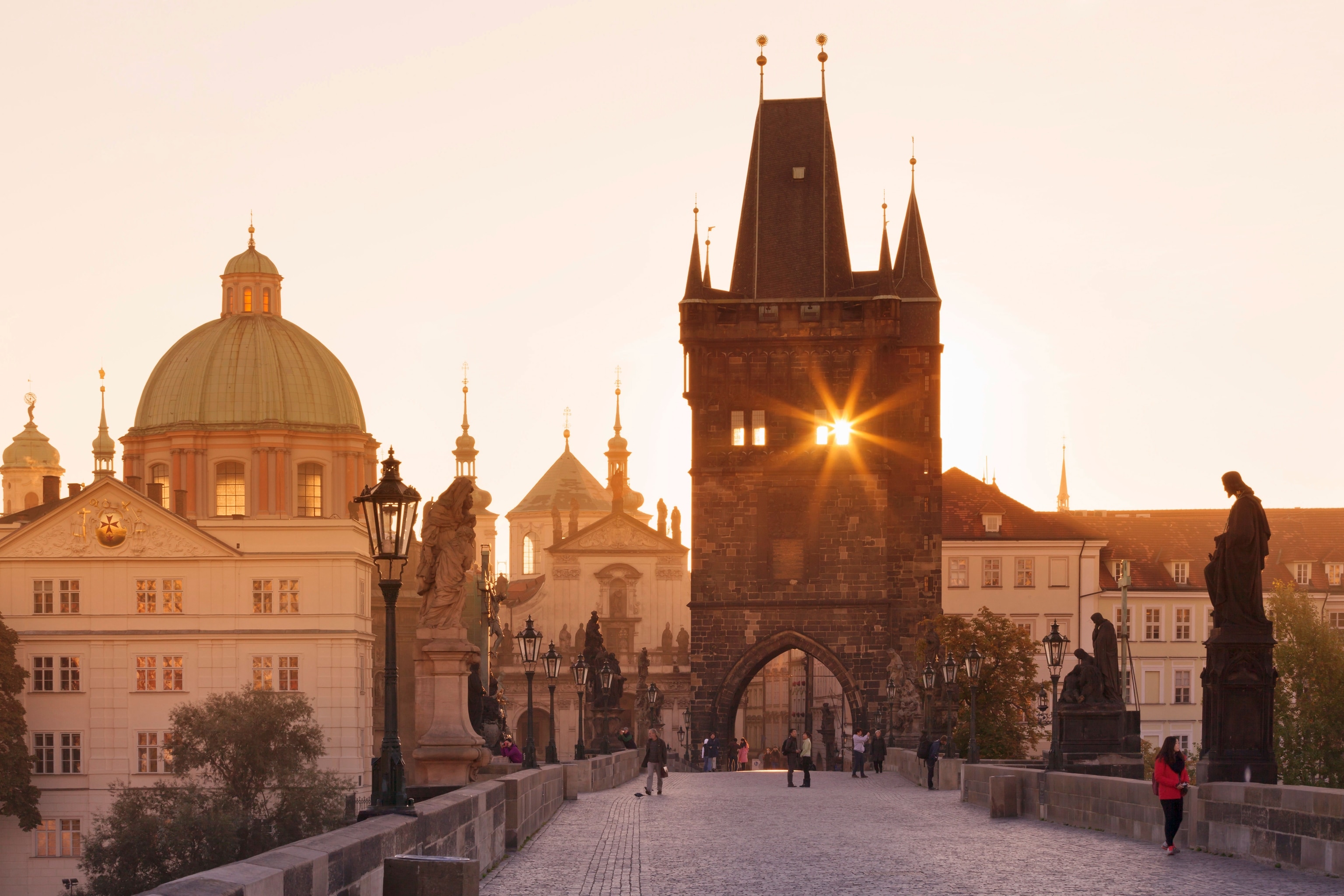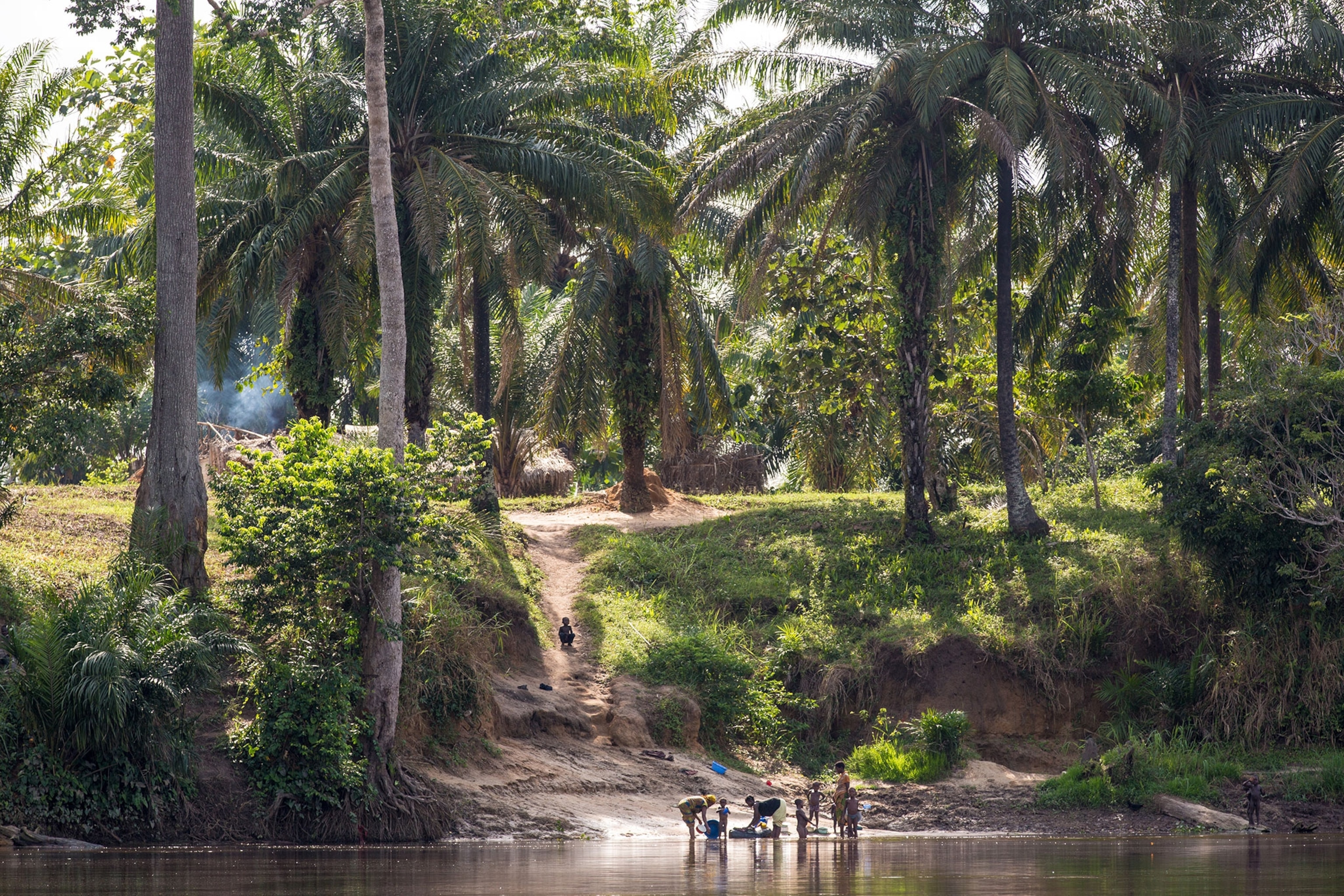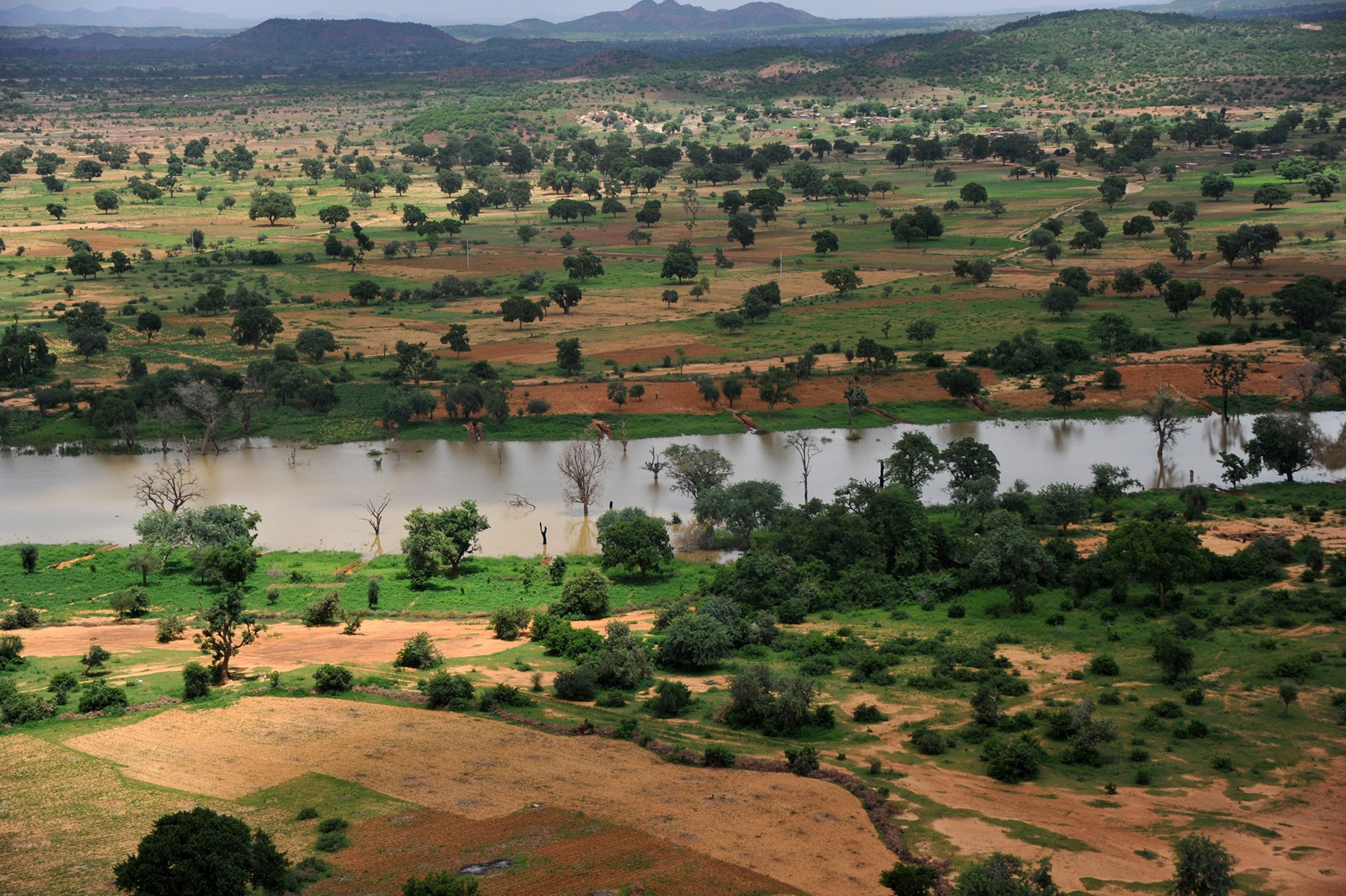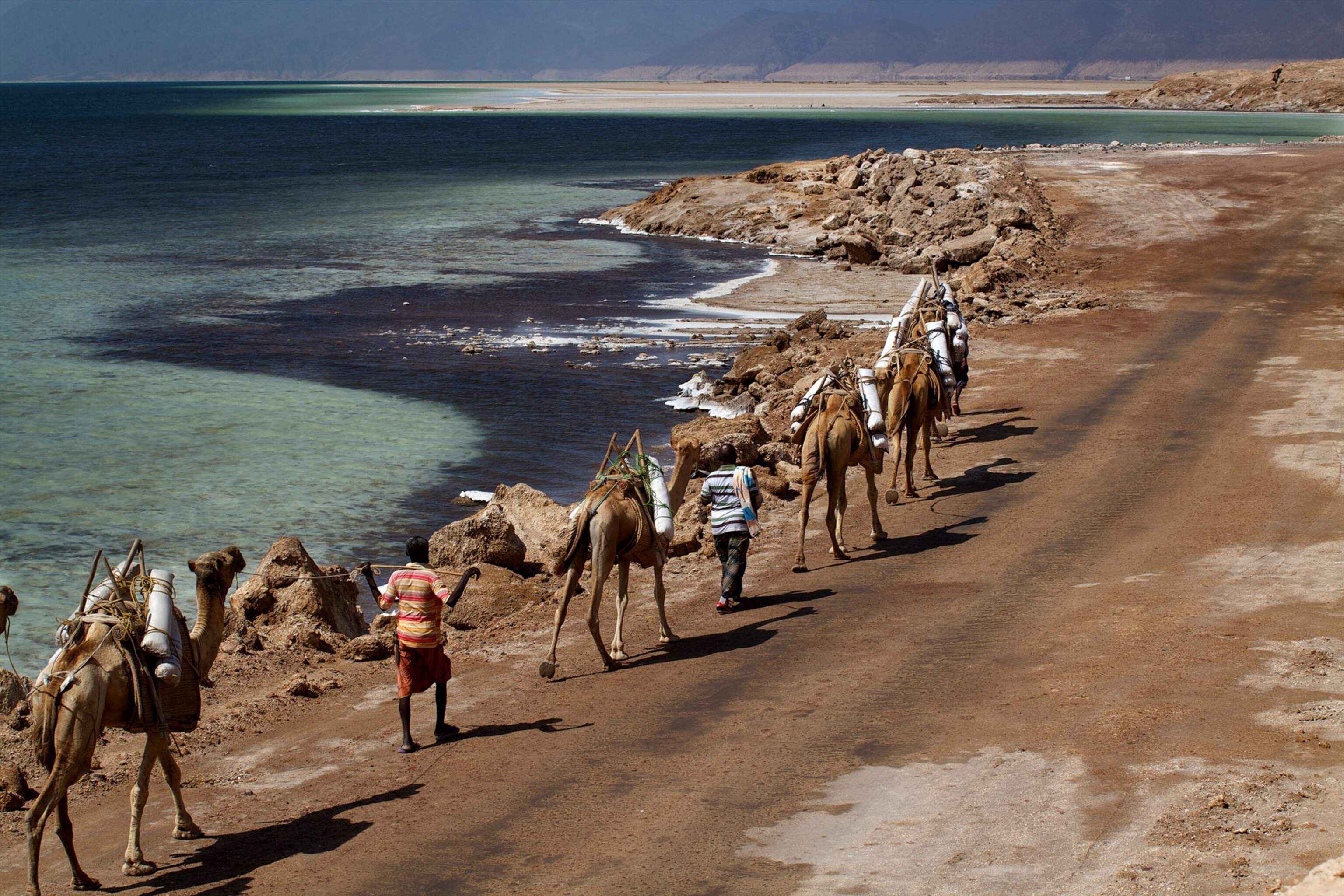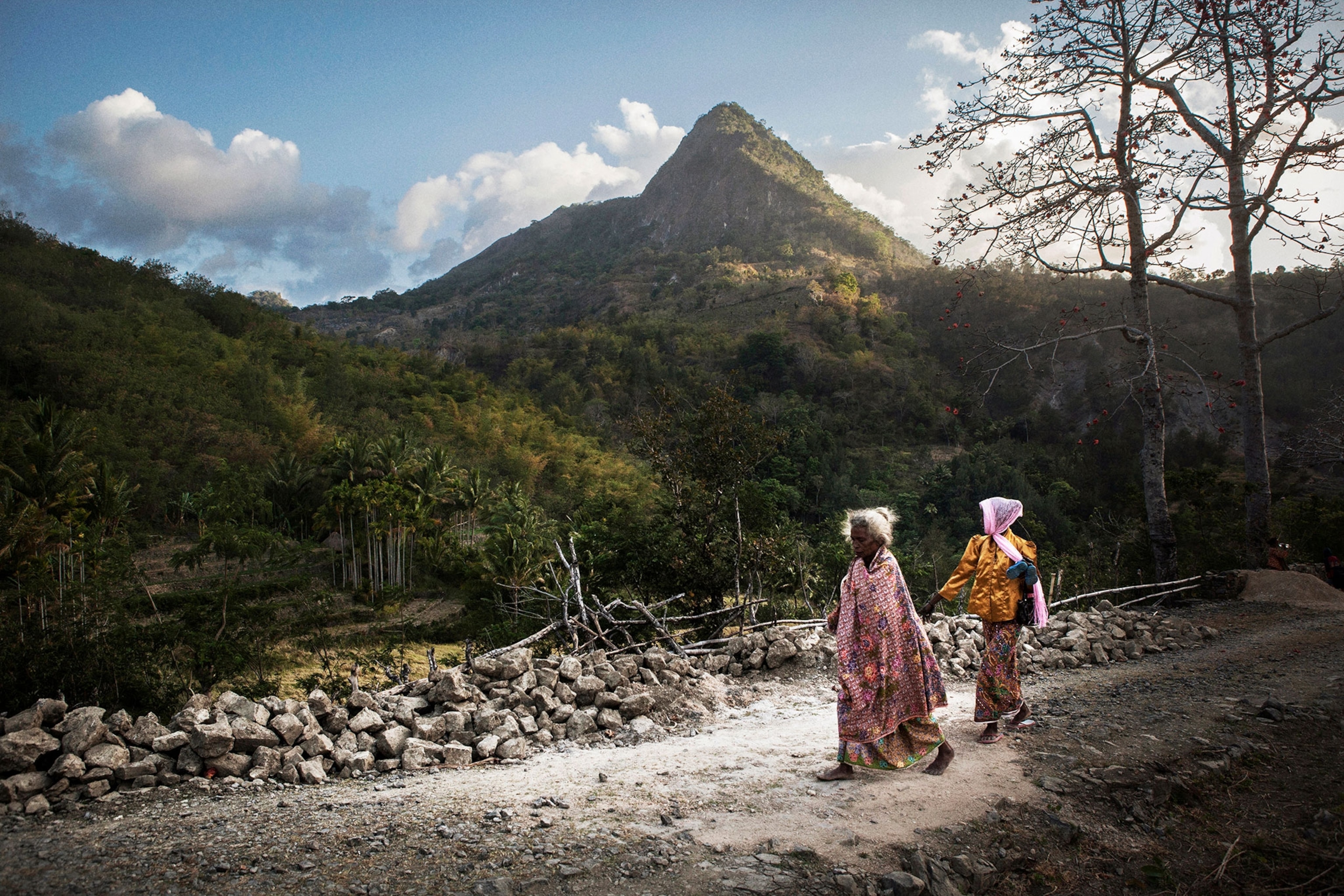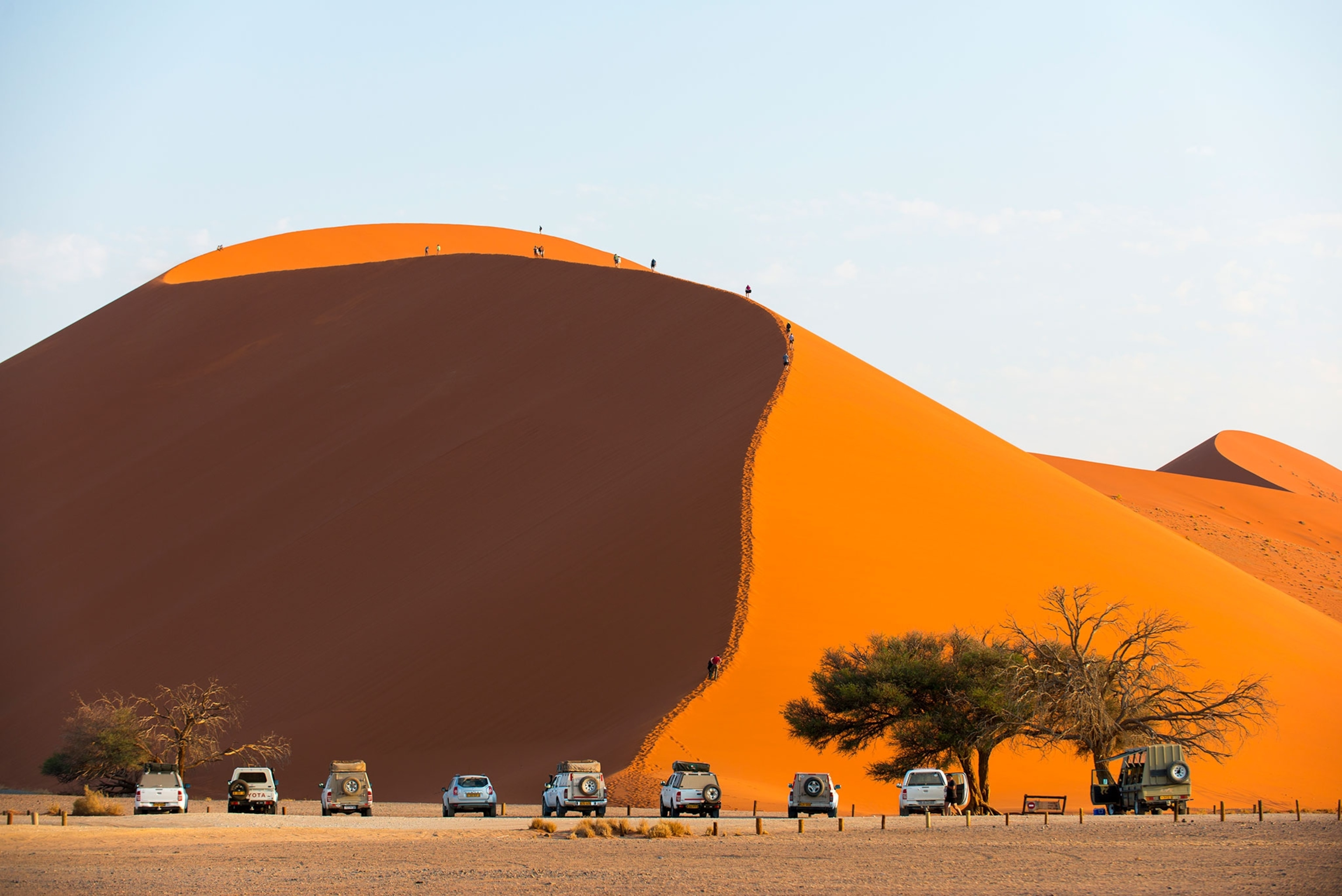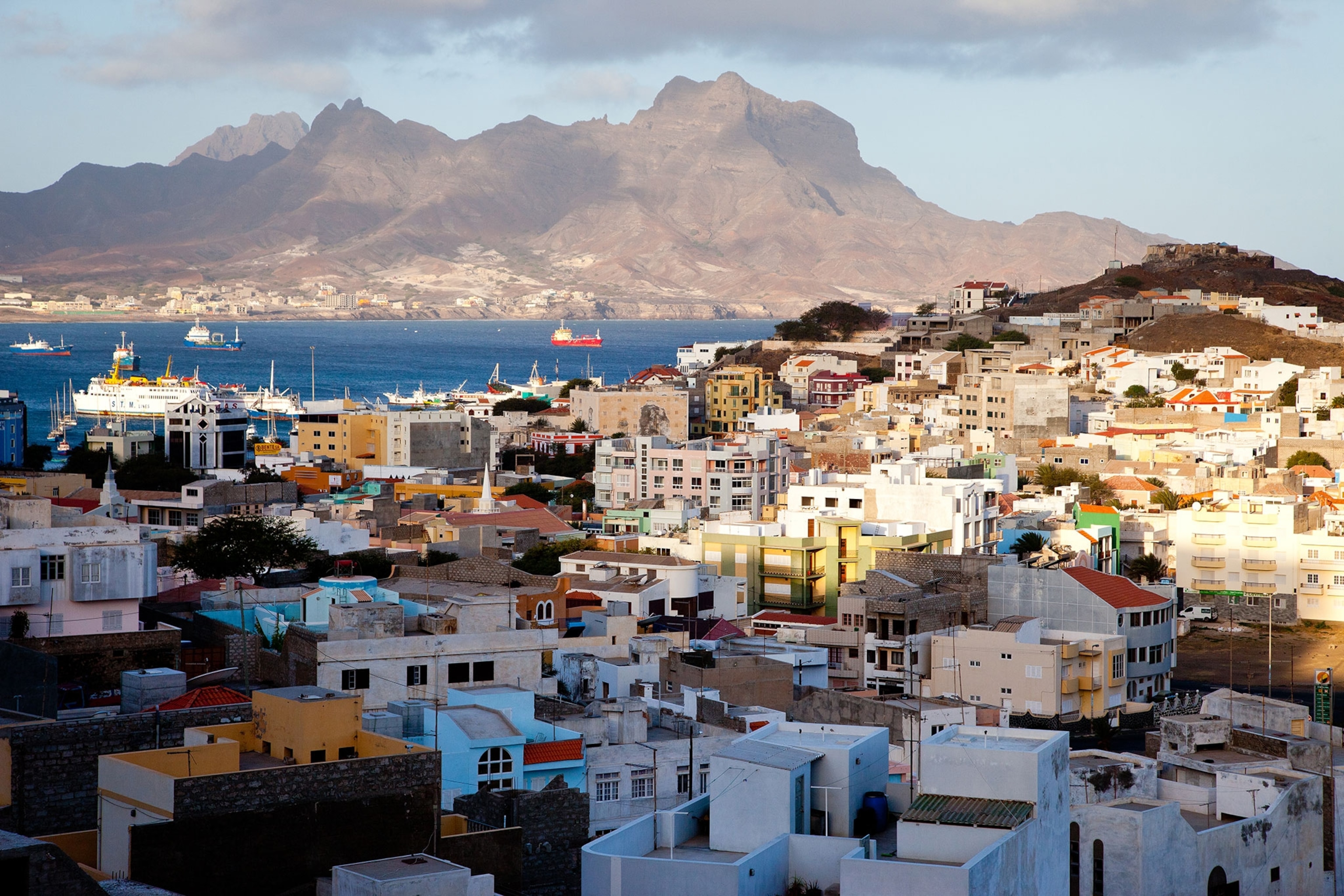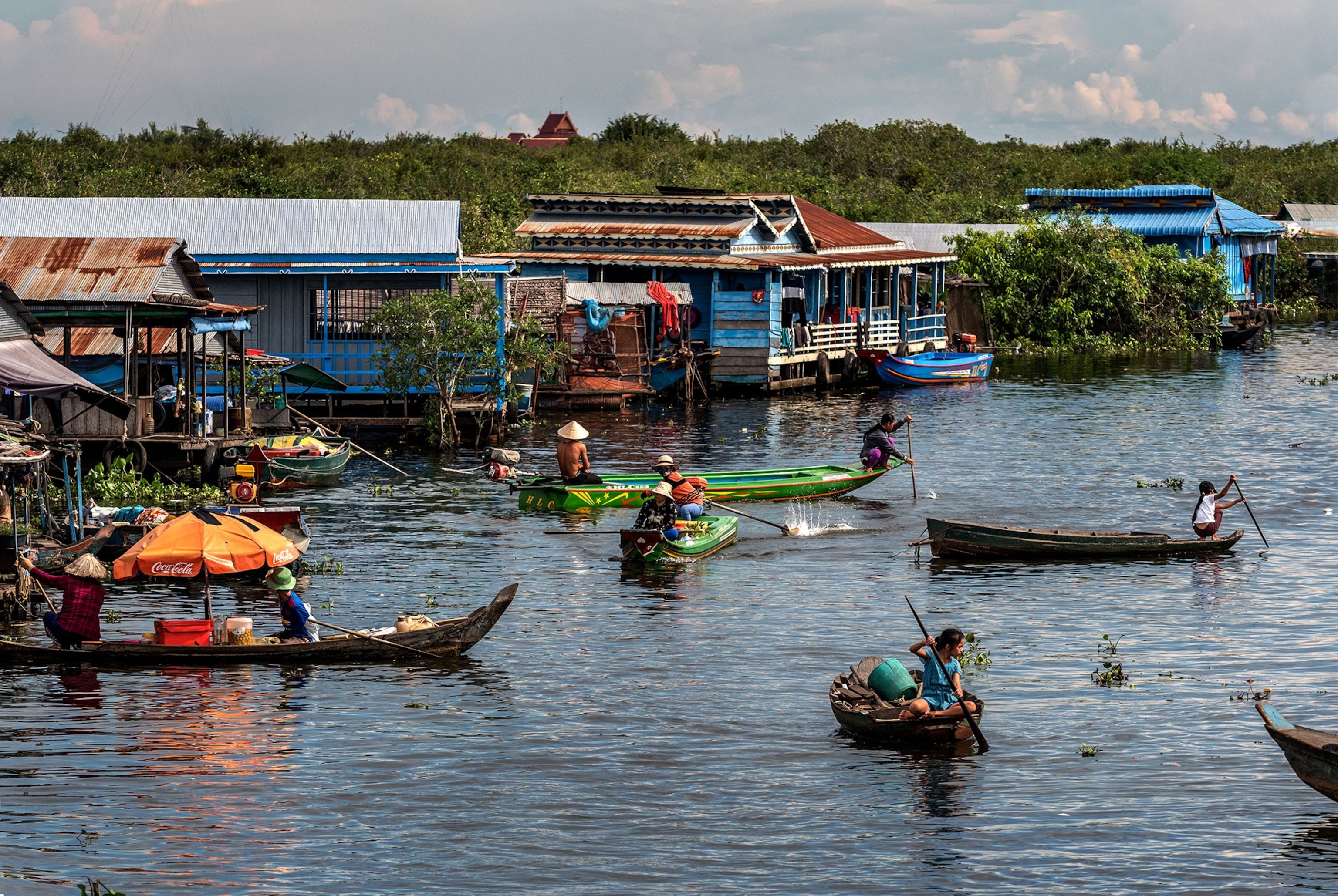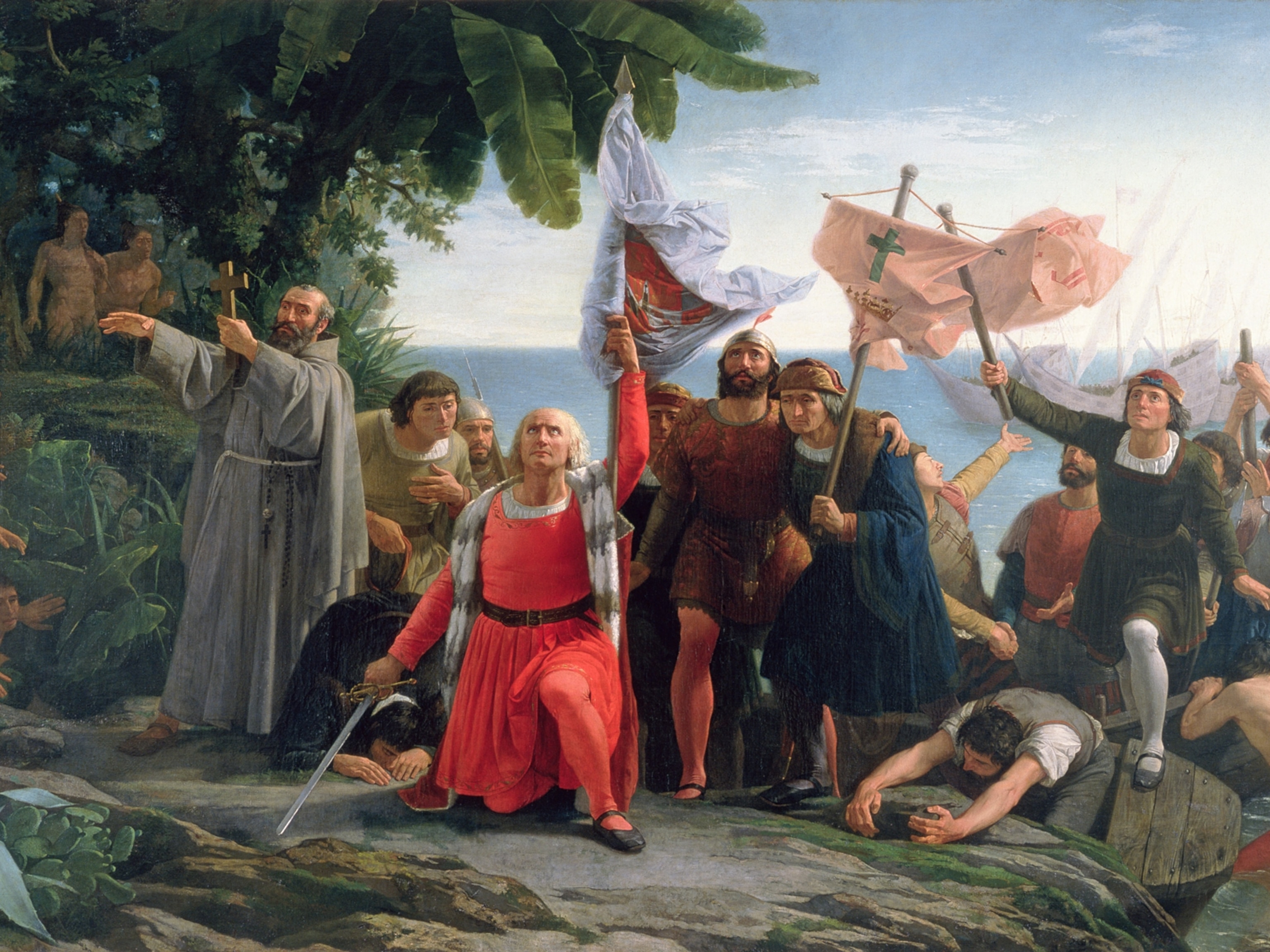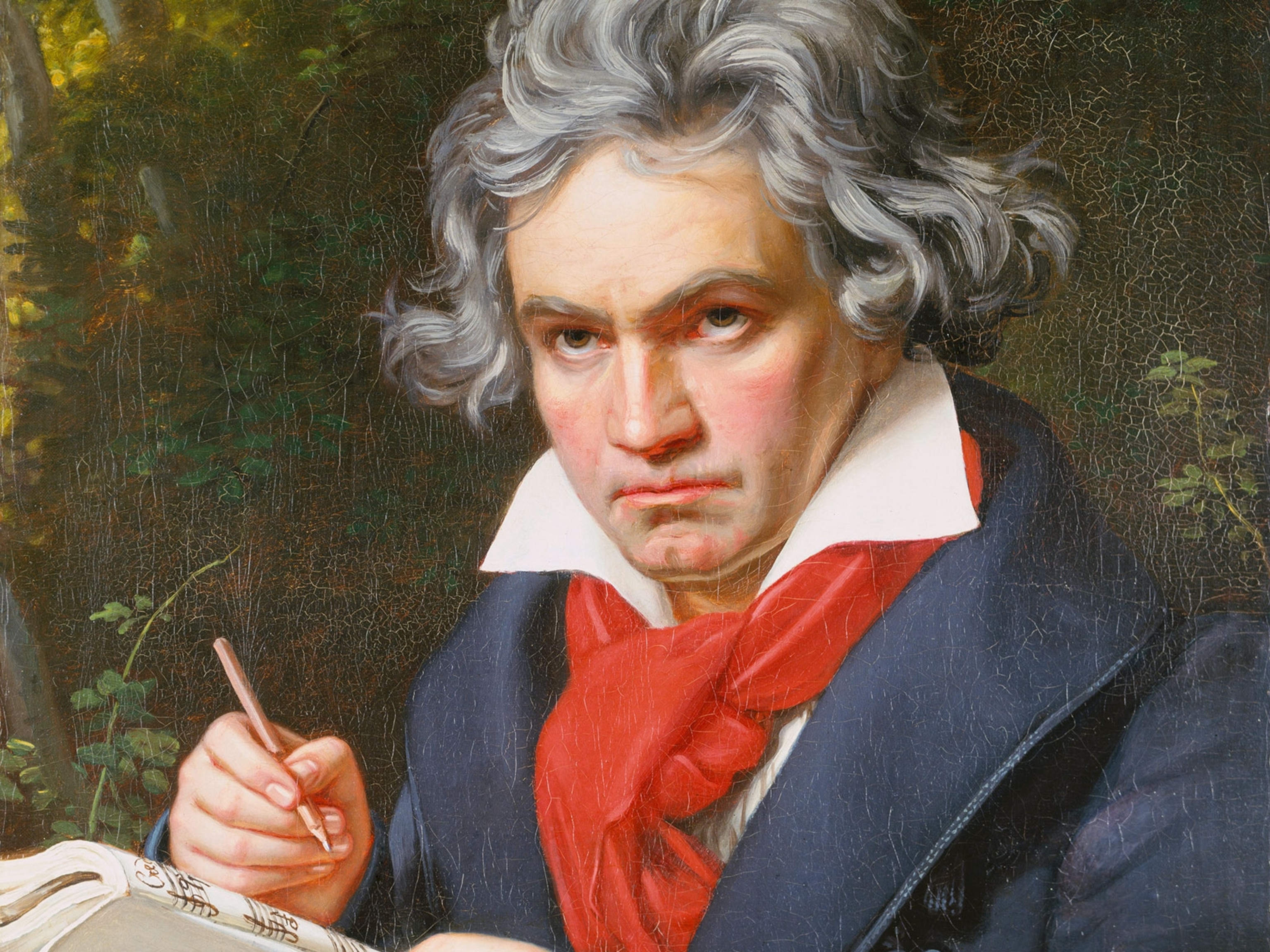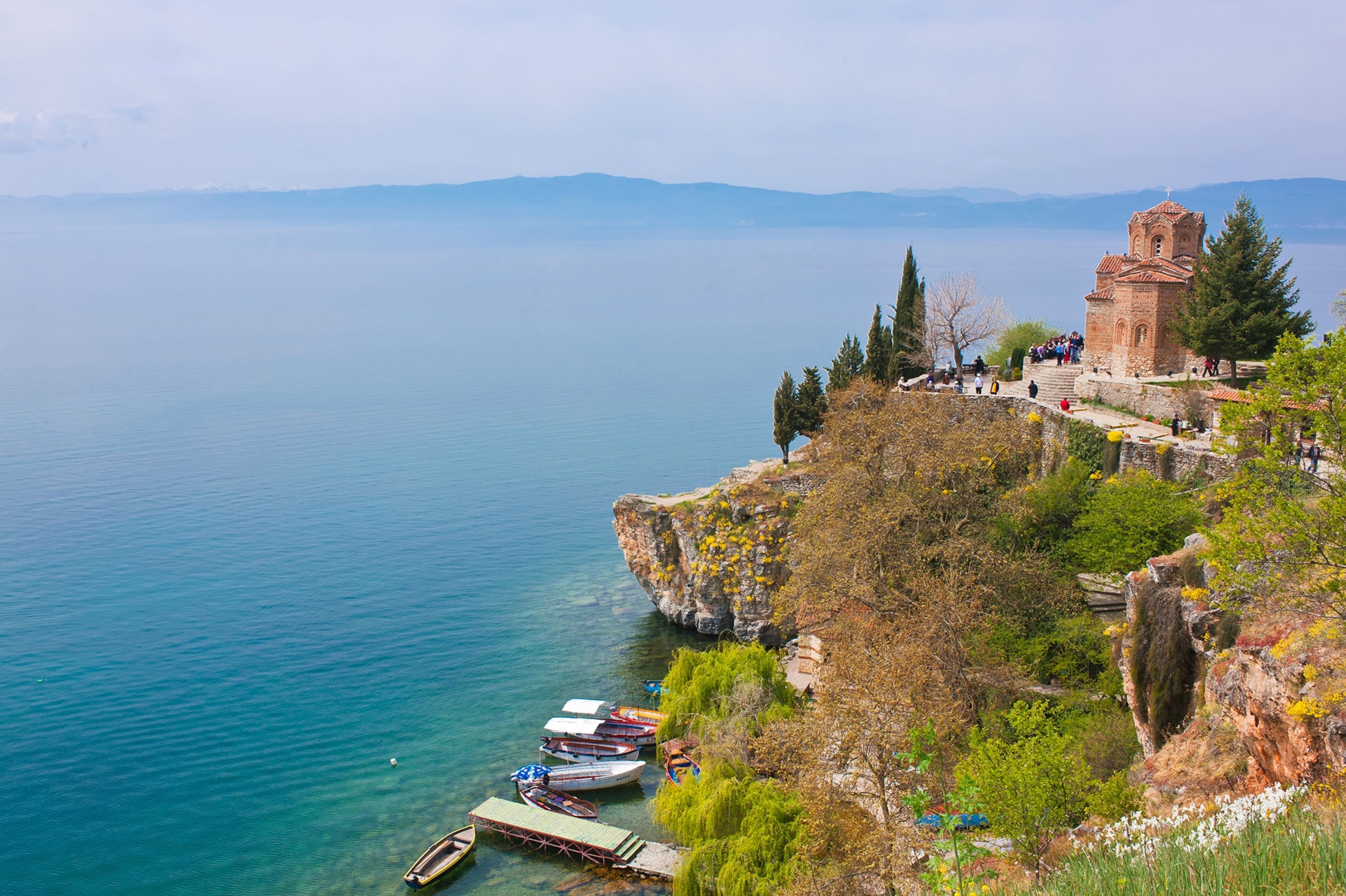
These countries changed their names. Here's how it worked out.
Here's a look at why countries have famously changed their names—including Swaziland's formal transition to Eswatini to celebrate its independence.
In April 2018, Africa’s last absolute monarch celebrated the 50th anniversary of his nation’s independence from Britain with a name change: Instead of Swaziland, the southern African nation became known as the Kingdom of Eswatini.
“African countries on getting independence reverted to their ancient names before they were colonized,” King Mswati III told a crowd gathered for that year’s independence day celebrations. “So from now on, the country will be officially be known as the Kingdom of eSwatini.”
The king had also long complained that people outside of Africa confused his country with Switzerland. And there are similarities: eSwatini, “the land of the Swazis,” is also landlocked and has some mountains. But it’s much smaller—and is located on the eastern border of South Africa, just south of Kruger National Park. Also unlike Switzerland’s direct democracy, King Mswati inherited the throne in 1986 from his father, King Sobhuza II, who had reigned for 82 years.
Changing a country’s name comes with complications—including updating government letterhead and official signage, vehicle license plates, uniforms of the military, national sports teams—and even a country’s official currency. Here’s a look at other countries that have changed their names.
Why countries change their names
Macedonia is the most recent country to change its name. In 2019, the nation formerly known as the Republic of Macedonia became the Republic of North Macedonia. The country's prime minister had promoted the change as a key step toward improving relations with Greece and eventually entering the European Union and NATO. The decision followed decades of dispute with the Greek government in Athens over use of the name Macedonia.
Marketing, not mistaken identity, is why the Czech Republic now wants to be known as Czechia. Officials there said having a one-word name would make it easier to promote its identity on the national stage. After all, France is officially “The French Republic,” they argued. The Czech Republic itself is relatively new, coming into existence along with the Slovak Republic when Czechoslovakia broke in two in 1993. The use of Czechia became official in 2016.
In another recent country name change, Cape Verde—a nation of 10 islands and a half million people in the central Atlantic Ocean—became “Cabo Verde” in 2013. The new name is actually the original name Portuguese sailors gave the uninhabited islands in 1444. Cabo Verde means green cape.
Perhaps the most complex series of country name changes revolves around a central European country that no longer exists. Yugoslavia was first cobbled together out of the wreckage of World War I and was officially called the Kingdom of Serbs, Croats, and Slovenes. In 1929 it was renamed the Kingdom of Yugoslavia. Following World War II, a communist government took control and renamed it the Federal People's Republic of Yugoslavia. In 1963 it was renamed again as the Socialist Federal Republic of Yugoslavia.
Following the collapse of the Soviet Union and a series of brutal internal conflicts, Yugoslavia came apart in 1992. After various boundary changes and more conflicts, the former Yugoslavia territory is today comprised of the modern states of Serbia, Croatia, Bosnia and Herzegovina, Slovenia, Macedonia, and Montenegro. Serbia's Autonomous Province of Kosovo and Metohija unilaterally declared its independence in 2008.
The Democratic Republic of Congo has also undergone many name changes. From 1885 to 1908 it was called (without intended irony) the Congo Free State while brutally ruled as a private venture by King Leopold II of Belgium. Later it became the Belgian Congo, then Congo-Leopoldville, and finally after its independence in 1960, the Republic of Congo. A few years later that was modified to the Democratic Republic of the Congo. In 1971 the dictator Mobutu Sese Seko named it the Republic of Zaire, perhaps because Zaire was an alternative name for the Congo River. After the fall of Mobutu, the name was changed back to the "Democratic Republic of the Congo” in 1997.
Other significant name changes:
Kingdom of Cambodia → Khmer Republic → Kampuchea → Cambodia (1991)
French Somaliland → Territory of the Afars and the Issas → Djibouti (1977)
Gilbert Islands → Kiribati (1979)
Portuguese Timor → East Timor → Timor-Leste (2002)
German Southwest Africa → Southwest Africa → Namibia (1990)
Upper Volta → Burkina Faso (1984)
This story was originally published on April 20, 2018. It has been updated.
